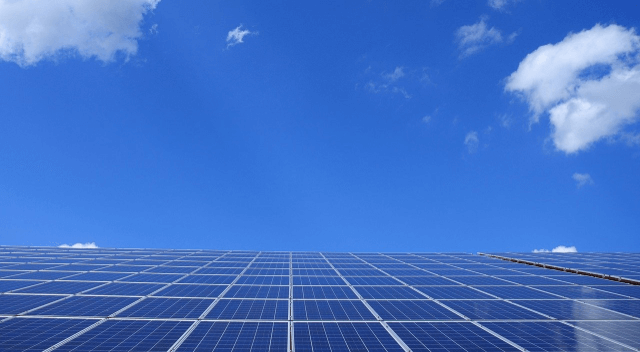
How has Australia’s mining industry changed over the past quarter of a century? And where is there still room for improvement?
How has Australia’s mining industry changed over the past quarter of a century? And where is there still room for improvement?
Those are the questions our Polling/Media Centre is putting to the industry this month, as Mining People celebrates our 25 years in the mining recruitment business.
If you want to have your say, you can take part in our survey, here.
Meanwhile, some long-time MPi team members have shared their opinions on the topic.
How has the Australian mining industry improved?
Mining People General Manager of Professional Technical, Tony Turton, said there have been so many incredible initiatives over the years, it’s hard to name just one.
He said the introduction of driverless trucks in large iron ore mines, remote-controlled drill rigs in open pits, pre-programmed drilling on Jumbos and other drill rigs in underground mines, underground wi-fi systems and the introduction of past fill in underground mines are all worth a mention.
“In so many ways, so much has changed the way things are done, involving fewer people working in the more hazardous areas,” he said.
“More recently, we have seen fairly significant investments in renewable power generation in conjunction with normal gas- or diesel-powered generation.
“For all this, though, I think it is the introduction of the renewable cogeneration power systems on site that are gaining traction. They have the ability to significantly decarbonise the footprint of many mining operations throughout the industry, and help swing the environmental pendulum back in favour of the mining industry that for a long time has been maligned to the point of being considered environmental vandals by the mainstream population.”
MPi Principal Consultant for Safety and Environment, Gary Kearns said other significant changes in the industry include the focus on safety systems and methods, overall environmental awareness and, more recently, automation.
But perhaps, for FIFO workers in particular, the big change has been to rosters. Whereas previously rosters were often 8/1, 6/1 or (if you were lucky) 4/1, these days even-time rosters are much more family friendly. That change has gone a long way ensuring that FIFO operations, and living a FIFO lifestyle, are much more sustainable for industry employees.
Where the mining industry is falling behind
But, as always, there is room for improvement. Kearns said there is still a lot to do when it comes to embracing renewable energy and looking after the mental health of industry employees.
“There needs to be a focus on putting (renewable energy) infrastructure in place when new operations are being planned or older operations expanded,” he said.
“There is also a lot more to do on the mental wellbeing side. We have come a long way in recent times, and better understand what it’s like to be away from family and support networks for long periods of time, missing special moments, not being there for support when sometime goes wrong at home.
“We now completely understand there is a mental cost to FIFO life; now we need to get better at supporting people through these times.”
Opportunities ripe for the seizing
One area of real opportunity for the mining industry is in the way it promotes itself. According to Turton, this includes promoting the rapidly growing utilisation of renewable power generation to counter the popular opinion that miners are environmental vandals.
“Similarly, much work has been done to significantly improve the safety on sites, to the point where it is one of the safest industries,” he said. “Yet, if you ask the mainstream population to name what needs to be improved in mining, (apart from the environment) it will be safety.
“Most manufacturing industries and the construction industry have far worse safety performances, yet mining is singularly painted as the villain.
“The industry has, and will continue to, innovate and improve the way they go about their business. Personally, I think the biggest limiting factor is in communicating to the broader population all the good things mining does for Australia and the environment, to ensure we continue to receive the social licence to operate.”
If you want to have your say on how mining has improved and where there’s still work to do, you can take part in this month’s survey, here.